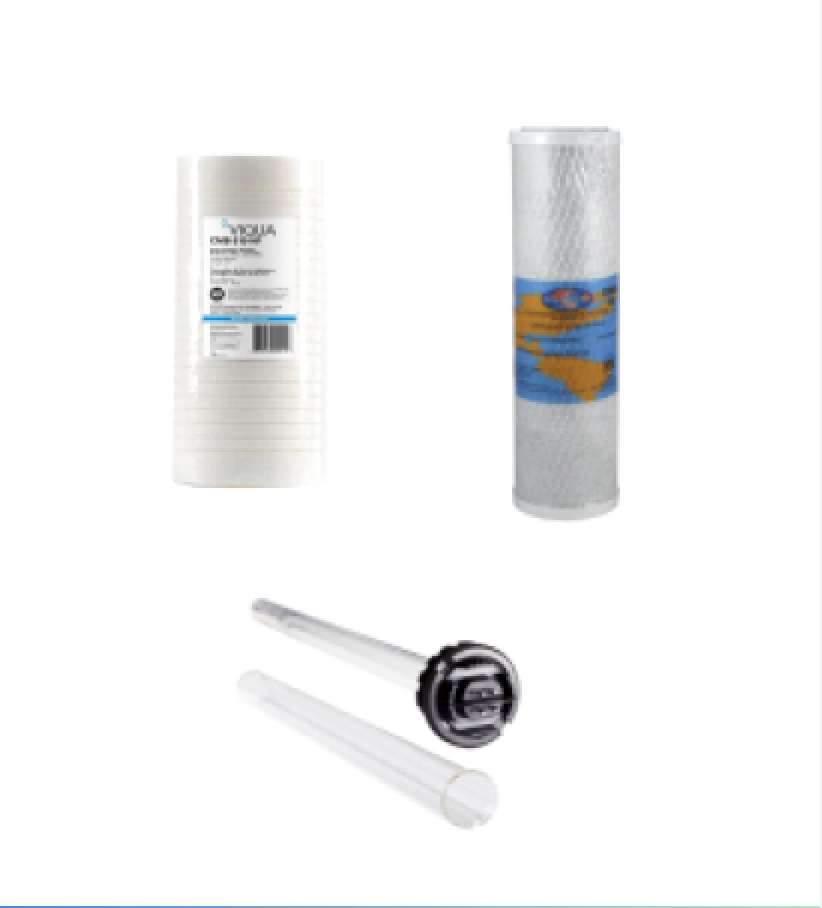Natural disasters can happen anywhere, anytime. Be it from flooding, hurricanes, tornadoes, earthquakes, national emergencies, or manmade disasters--our city water systems or private wells can be compromised.
Flooding often fouls municipal water systems. Power failure means the disinfection process at water treatment plants doesn't happen. On top of having a bad odor and taste, contaminated water carrying viruses and bacteria can cause diseases such as dysentery, typhoid, hepatitis and more. All water of an uncertain source or quality should be treated before being used for drinking, food preparation, or hygiene.
During and after natural disasters and emergencies, a person can only go a few days without clean, safe water. It is always wise to have an alternative source of safe drinking water, either stored water or an emergency water purification system.

